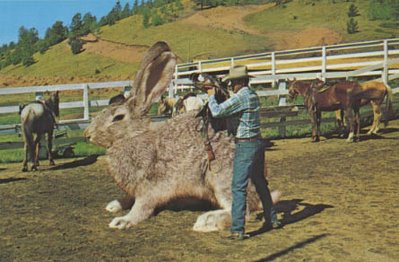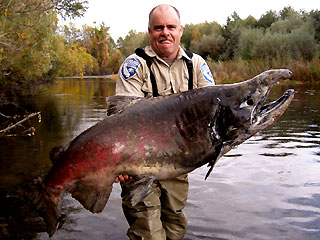 Science and medicine are amazing. Slightly off topic, but really interesting none the less, check out this article on science, intervention, medical wonders, and ethics. About what? Using a surrogate mother to have a baby.
Science and medicine are amazing. Slightly off topic, but really interesting none the less, check out this article on science, intervention, medical wonders, and ethics. About what? Using a surrogate mother to have a baby.While not exactly mainstream, the trend seems to be rising. Like I said, I'm not sure it really has to do with 'conservation ecology' per se (although in a blog earlier this week, "Wooly mammoths on the return?", I pointed out the use of domestic cats as "surrogate mothers" to birth cloned wild African kitties), but it's an interesting timely piece about science, technology and ethics.
If you haven't read it yet, I highly recommend the Handmaid's Tale by Margaret Atwood.
Cartoon fr. http://scienceblogs.com/grrlscientist/2008/07/choose_your_science_cartoon_id.php

























